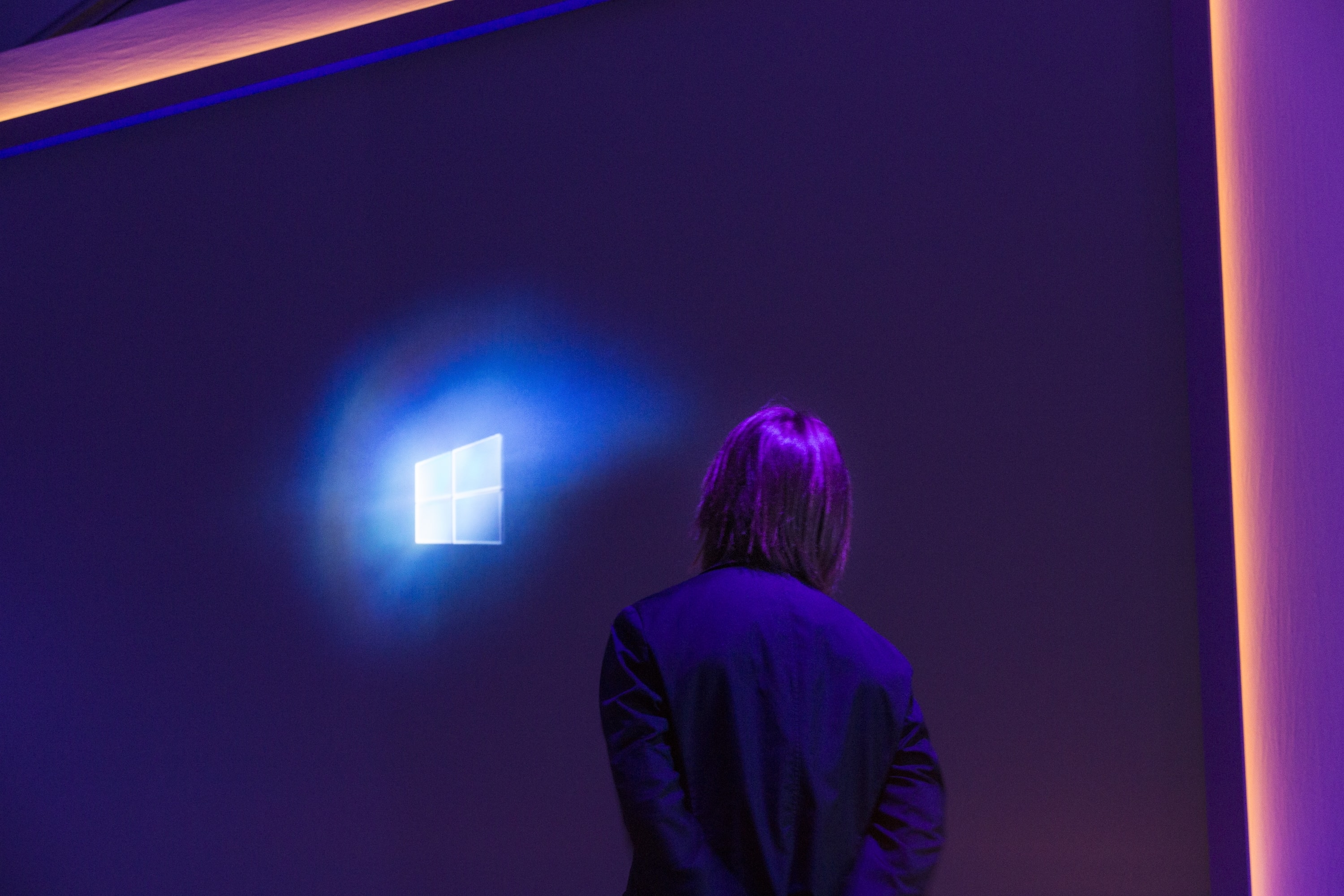Windows 10, x86 emulation, and ARM: The future for Windows
4 min. read
Published on
Read our disclosure page to find out how can you help MSPoweruser sustain the editorial team Read more

Today, Microsoft announced that the company is bringing Windows 10 to ARM-base devices. The firm is teaming up with Qualcomm to bring devices powered by Qualcomm’s Snapdragon processors that run full Windows 10.
Windows 10 being able to run on ARM-based devices opens up a lot of opportunities for the company. ARM processors are much better than the classic Intel chips in many ways as they consume less power, and run much cooler than Intel’s processors thanks to ARM’s modern architecture. Sure, they are not as powerful as some of the highest-end Intel processors yet, but this is just the beginning — in fact, it would not be surprising to see OEMs introducing Windows 10 tablets powered by Qualcomm’s Snapdragon processors in 2017. The ARM processors will allow OEMs to build devices with a fanless, thin design that comes with all the power you might need on a tablet while offering an excellent battery life.
[shunno-quote align=”right”]Microsoft is (almost) ready for the next era of PCs[/shunno-quote]
A substantial feature on Qualcomm’s processors is the fact that they include best-in-class Wi-Fi, Gigabit LTE, Quick Charge and more on board. This is quite important for OEMs as they won’t have to invest in integrating all of this separately into their devices.
Microsoft is calling these devices “Cellular PCs.”
Obviously, Microsoft already tried similar things with Windows RT and that didn’t work out really well due to the lack of powerful desktop apps. This time around, however, Microsoft is tackling the issue by bringing x86 emulation to ARM devices. Thanks to x86 emulation on Windows 10, users will be able to run powerful desktop apps such as Adobe Photoshop or Microsoft Office on their device. Microsoft has already demoed Photoshop running on a device with the Qualcomm Snapdragon 820 processor and 4GB of RAM — and the performance does look quite stupendous:
https://youtu.be/A_GlGglbu1U
Another integral part of Windows 10’s future and the Cellular PCs would be connectivity — and Microsoft is investing highly in that sector, too. The software giant today announced support for eSIM technology on Windows 10 — enabling customers to buy and manage their Wi-Fi and cellular data from the Windows Store. This may not sound like a huge future, but it definitely is a key feature for mobile devices — eSIM is actually a pure electronic SIM card for devices that can’t be removed. As it’s an electronic SIM, users are able to configure it and choose whatever data plans or contracts they require right on the devices. eSIM will essentially ensure users are able to get access to data whenever they want and wherever they want right from the Windows Store.
[shunno-quote align=”left”]Microsoft could let users turn their Windows 10 phone into a real PC[/shunno-quote]
For Microsoft, Windows 10 coming to ARM Processors will enable it to bring new experiences to its Surface customers. The company’s so-called “Surface Phone” may actually have a lot of potential now thanks to x86 emulation. For one, the device will have apps Microsoft’s business customers require: the classic Win32 apps. They would potentially be able to run full desktop apps such as Photoshop, Word, and other Win32 apps on Continuum from the Surface Phone which will enable them to turn their phone into a real PC. Continuum already does this with apps built for the Universal Windows Platform — but Microsoft needs to ensure its enterprise customers are able to run the powerful apps Continuum, and x86 emulation should enable that if things go as planned. Additionally, if Continuum provides a full PC experience on mobile devices such as the rumored Surface Phone, it would be a revolutionary new feature which is possibly Microsoft’s ultimate plan.
ARM is definitely the future for Windows 10 and personal computing. Even Apple is investing highly on ARM, but it looks like Microsoft could be the first one to bring powerful ARM devices or Cellular PCs to the market with slim, fanless designs that can run desktop apps. We hope to know more about Windows 10 on ARM at Build 2017, but more details should start showing up over the coming months.
This is just the beginning, and things should get a lot more interesting from now on.









User forum
0 messages